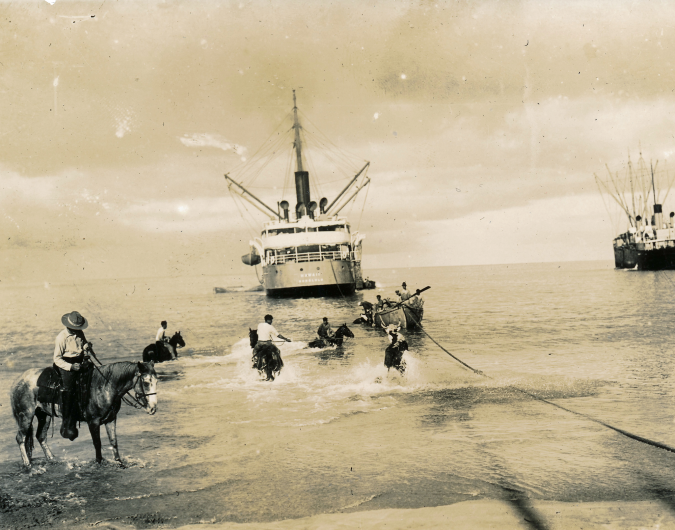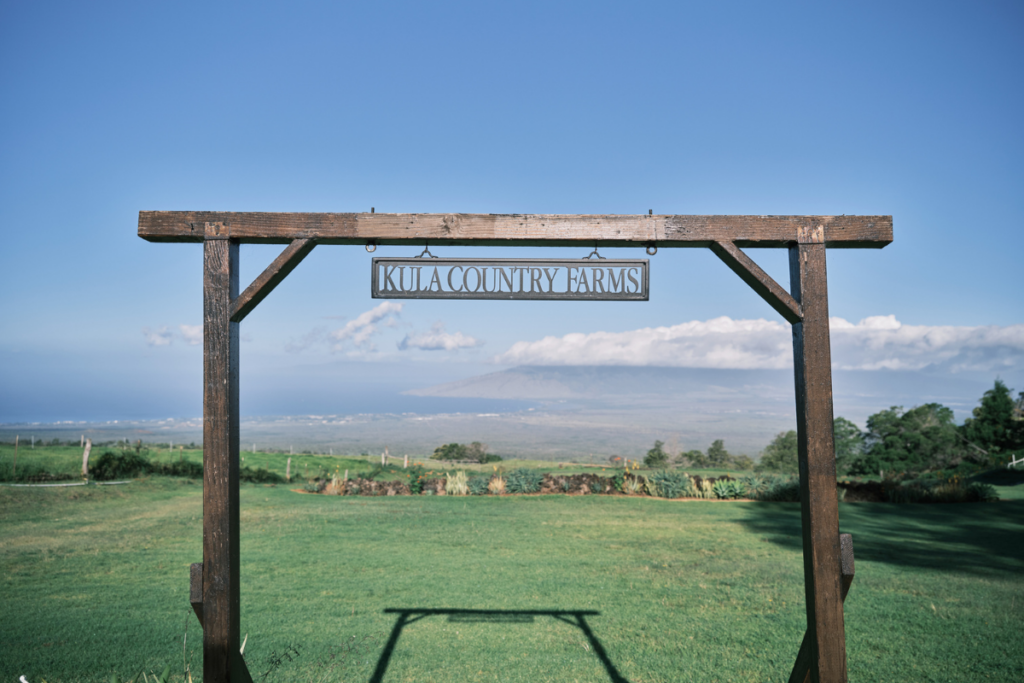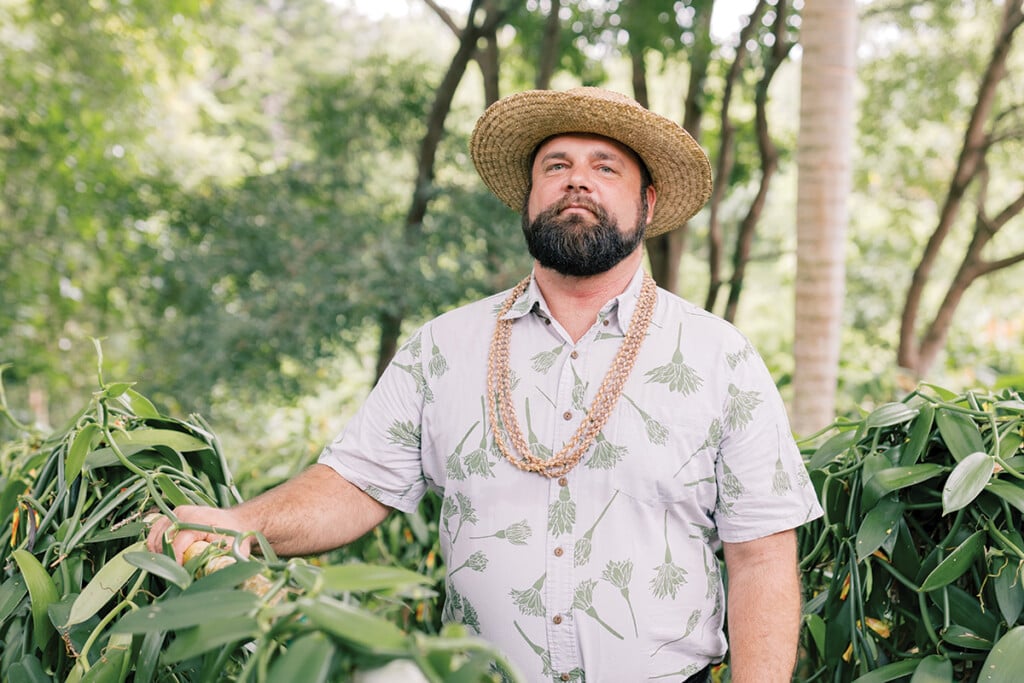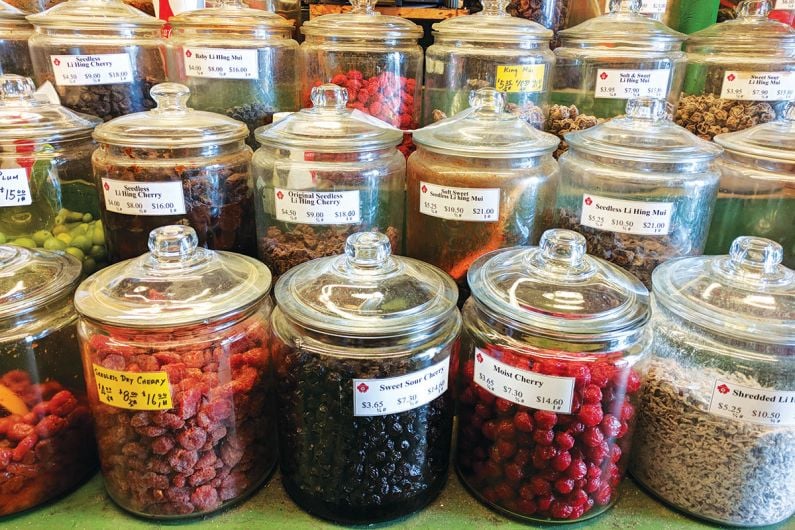Hawaii Island exhibit to share Kona’s little-known paniolo (Hawaiian cowboy) and ranching history

First time visitors probably don’t think of cattle ranching and cowboys when they envision tropical Hawaii, but on Hawaii Island in particular, the history of paniolo (Hawaiian cowboys) runs deep.
Visitors to cool, northerly Waimea will soon see why so many say that Hawaii Island cattle are among the happiest in the world: They graze on vast, rolling and verdant pasturelands in view of the sea. But it was on an entirely different landscape, over rough lava and up the hot and steep arid mountain trails of south Kona where the beasts first made a rough and tumble debut. Navigator George Vancouver landed the Kingdom of Hawaii’s first cows in Kealakekua in 1793, a gift to King Kamehameha I. As more were brought and those creatures multiplied, they ignited an industry that predated the great cattle ranching boom of the American West by decades.

Historical Society
Kona’s piece of that history is the focus of an upcoming exhibit in the Smithsonian-affiliated Kona Historical Society’s H.N. Greenwell General Store Museum. The temporary installment of original artifacts, photos, diary entries and tax ledgers will be shown from July 12 to July 30 (10 a.m. to 4 p.m., Tuesday through Saturday).
“Kona’s story is a little known one,” says Joy Holland, executive director of KHS, “but it’s an important one nonetheless.”
A pop-up preview of some of the items was shown to visitors and residents last week at the West Hawaii Civic Center north of Kailua-Kona. Inside, black and white photos depicted cows—herded by horses and paniolo of Hawaiian, Chinese and Japanese ancestry—swimming in the sea to the ships that would take them to Honolulu and beyond before area docks were installed. A table was covered in branding irons from the different ranching families that made a living in Kona after an early kapu (prohibition) on taking cattle was lifted. And, a set of massive long horns illustrated that Hawaii’s cattle weren’t the same docile mooers of present today.

Mina Elison, Kona Historical Society’s curator and great granddaughter of famous Hawaiian-Chinese paniolo Willie Thompson, explained the significance of one of the treasures of the pop-up (and the July temporary exhibit): A map showing the location of the Pa Nui, the Great Walled Lot. This rock wall enclosure once spanned 480 acres with walls topping eight feet; it was an engineering feat and Hawaii’s first cattle corral, serving a very important purpose.

Prior to the corral’s construction, Archibald Menzies, a ship’s surgeon wrote this in his 1793 journal: “When they [cattle] landed they ran up and down the country in the wildest manner to the [sic] no small dread and terror of the natives, who fled from them with the utmost speed in every direction.”
As earthquakes and time eroded the Great Walled Lot’s features, some of the massive beasts broke free, colonizing the entire Island and terrorizing Kona residents until the later Kuakini Wall was built to protect homes from the free ranging cows. In the 1830s, vaqueros (cowboy ranchers) from the present day Monterey, California area were brought in to teach Kona residents how to wrangle their wild terrors into an industry.
But perhaps the greatest resource the upcoming exhibit will have is the surrounding local community. At the pop-up, old Kona ranching families milled about, sharing their personal stories, making the displays come to life.
“When you drive up and down Mamalahoa Highway here in south Kona, you see coffee farms not cattle ranches. But this whole area used to be cattle,” says Holland. “Today the industry has evolved, it’s mostly smaller scale and boutique, but it’s still here and it continues to thrive.”
The July exhibit will line the walls of the permanent antique shop displays within the historic H.N. Greenwell Store. The store and its surroundings are one of two primary holdings by the Kona Historical Society; the other is the Kona Coffee Living History Farm about a mile south. Both are on the National Register of Historic Places.
“We are mindful that we are sharing the history of families that come from this community,” says Holland. “And, we hope to give visitors a clear-eyed view of what Hawaii is about by offering exhibits like this one.”
Kona Historical Society, H.N. Greenwell Store Museum, 81-6551 Hawaii Belt Rd., Kealakekua, Hawaii Island, (808) 323-3222, konahistorical.org


